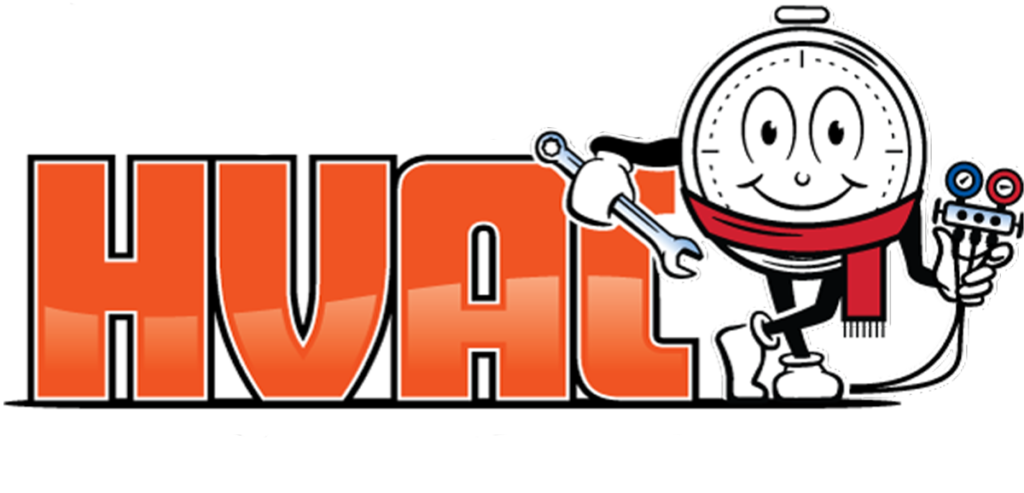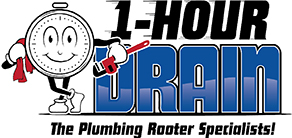Commercial kitchens and restrooms are bustling hubs of activity in businesses, restaurants, and hospitality establishments. However, they are also prone to a variety of plumbing challenges that can disrupt operations and inconvenience customers and employees alike. From clogged drains to malfunctioning fixtures, addressing these issues proactively through proper maintenance, employee education, and regular inspections is essential for ensuring smooth operations and preserving the reputation of your business. In this comprehensive guide, we’ll explore common plumbing issues in commercial kitchens and restrooms and provide practical tips and best practices for prevention.
Common Plumbing Challenges in Commercial Kitchens:
- Grease Trap Maintenance: One of the most common plumbing issues in commercial kitchens is grease buildup in drainage systems. Over time, fats, oils, and grease (FOG) can accumulate in grease traps, leading to clogged drains, foul odors, and potential health code violations.
- Clogged Drains: Commercial kitchen sinks and floor drains are susceptible to clogs caused by food particles, debris, and grease. Clogged drains can disrupt workflow, create unsanitary conditions, and increase the risk of water damage and pest infestations.
- Malfunctioning Fixtures: Faucets, sprayers, and pre-rinse units in commercial kitchens are subjected to heavy use and wear and tear, leading to leaks, drips, and malfunctions. Faulty fixtures can waste water, increase utility costs, and compromise hygiene standards.
Common Plumbing Challenges in Commercial Restrooms:
- Clogged Toilets and Drains: High traffic volumes in commercial restrooms can lead to frequent clogs in toilets, urinals, and sink drains. Improper disposal of hygiene products, paper towels, and other items can exacerbate clogging issues and cause sewage backups.
- Leaks and Drips: Leaky faucets, toilets, and pipes are not only wasteful but also indicative of underlying plumbing problems. Unaddressed leaks can result in water damage, mold growth, and increased maintenance expenses.
- Water Pressure Issues: Inconsistent water pressure or low flow rates in commercial restroom fixtures can disrupt user experience and indicate issues with water supply lines, valves, or pressure regulators.
Practical Tips for Preventing Plumbing Issues:
- Implement Regular Maintenance Programs: Establish a routine maintenance schedule for plumbing systems in commercial kitchens and restrooms. This should include cleaning grease traps, snaking drains, inspecting fixtures, and checking for leaks and other signs of wear.
- Educate Staff on Best Practices: Train kitchen and restroom staff on proper waste disposal techniques, such as scraping food scraps into trash bins rather than rinsing them down the sink. Encourage employees to report any plumbing issues promptly to prevent small problems from escalating into major disruptions.
- Install Grease Traps and Strainers: Equip sinks and floor drains in commercial kitchens with grease traps and strainers to capture FOG and solid debris before they enter the plumbing system. Regularly clean and maintain grease traps to prevent clogs and odors.
- Promote Water Conservation: Encourage water-saving practices in commercial restrooms, such as installing low-flow toilets, urinals, and faucets. Consider retrofitting existing fixtures with aerators or sensor-activated controls to reduce water consumption without sacrificing performance.
- Perform Regular Inspections: Conduct thorough inspections of plumbing systems in commercial kitchens and restrooms to identify potential issues before they escalate. Look for signs of leaks, corrosion, rust, or damage to pipes, fixtures, and seals.
- Address Maintenance Issues Promptly: Take immediate action to address plumbing maintenance issues as soon as they are detected. This includes repairing leaks, unclogging drains, replacing worn-out seals or gaskets, and adjusting water pressure settings as needed.
- Schedule Professional Cleanings: Consider hiring professional plumbing contractors to perform periodic cleanings and inspections of grease traps, sewer lines, and drainage systems. Professional cleanings can remove stubborn buildup and prevent recurring clogs and blockages.
- Monitor Water Quality: Regularly test and monitor water quality in commercial kitchens and restrooms to ensure compliance with health and safety standards. Address any issues related to water quality, such as sediment buildup or mineral deposits, promptly to prevent damage to plumbing fixtures and appliances.
Conclusion: Proactive Maintenance for Seamless Operations
By implementing proactive maintenance strategies and educating staff on best practices, businesses can minimize the risk of plumbing issues in commercial kitchens and restrooms. From regular inspections and cleanings to promoting water conservation and proper waste disposal, investing in preventive measures can help preserve the integrity of plumbing systems, reduce operational disruptions, and maintain a clean and sanitary environment for employees and customers alike.
Remember, prevention is key when it comes to plumbing maintenance. By staying vigilant, addressing issues promptly, and partnering with professional plumbing services when needed, businesses can keep their operations flowing smoothly and uphold the highest standards of cleanliness and hygiene.



